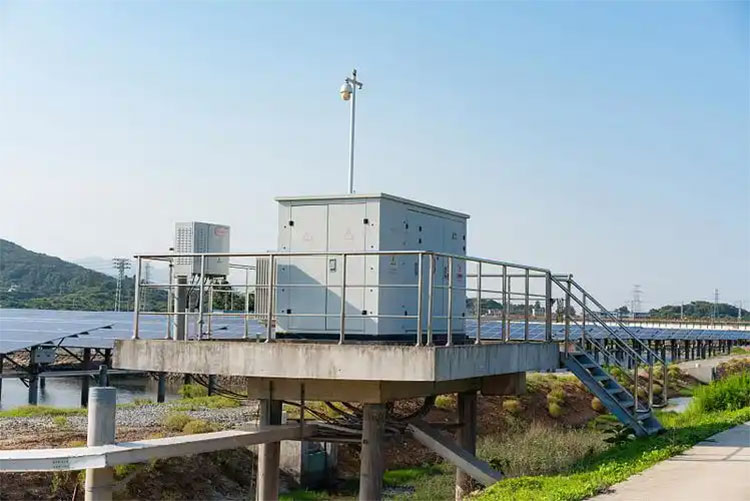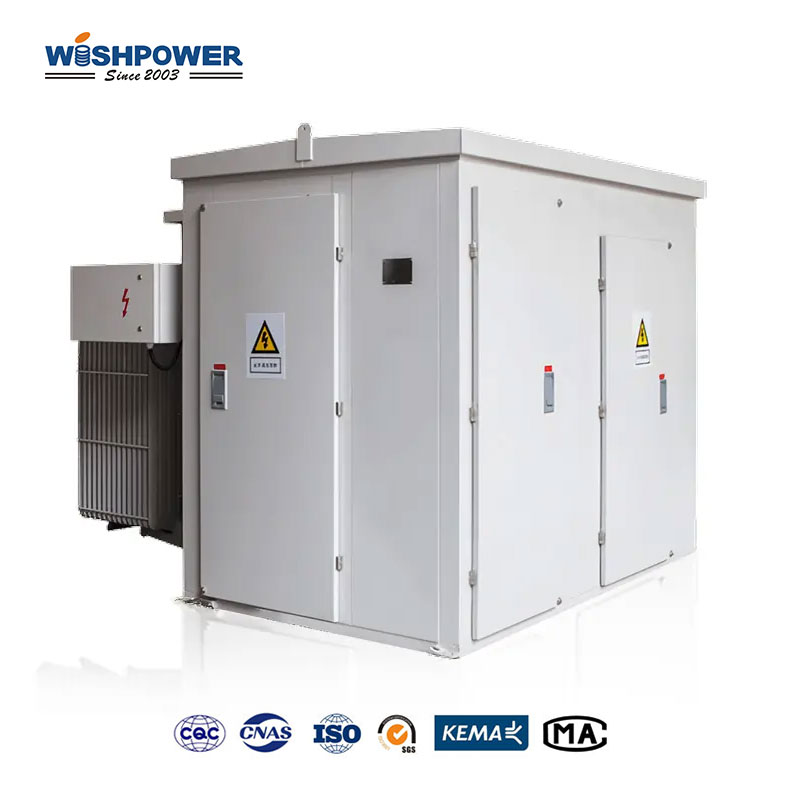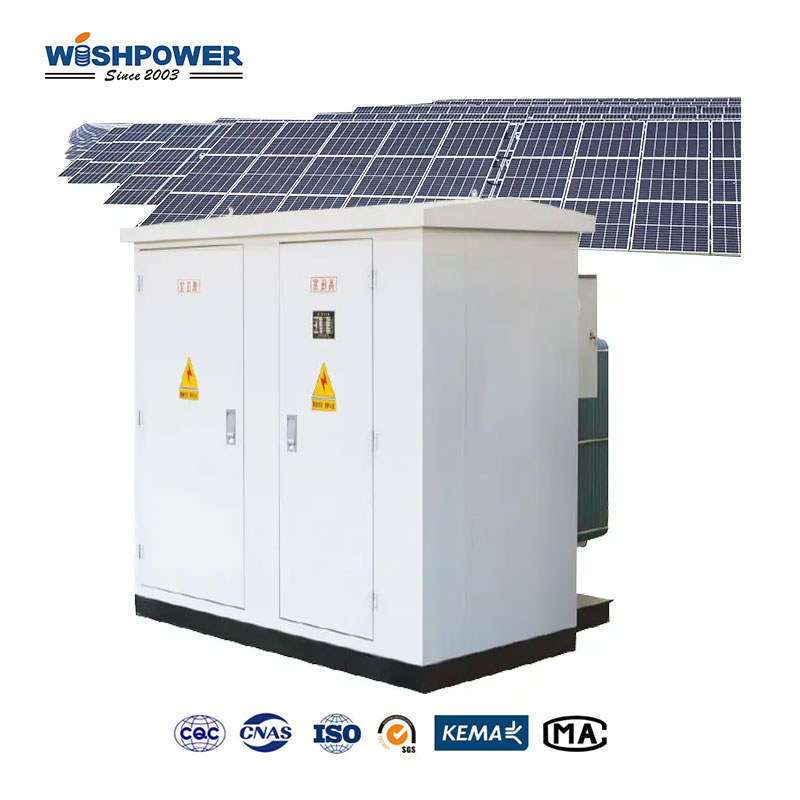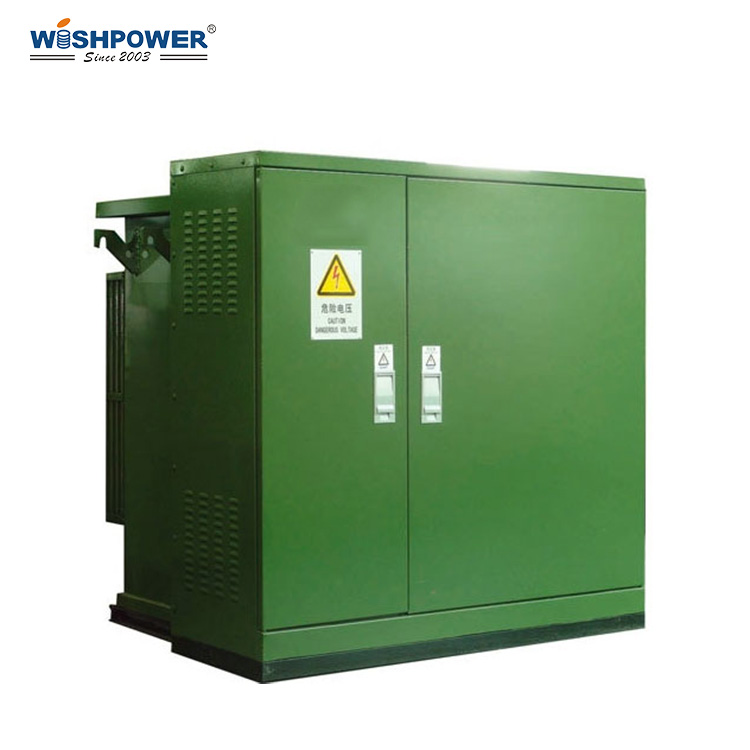Which Transformer is Used for Solar Power?
Solar power stands as one of the most hope-giving renewable energy resources in the continuously expanding clean power sector. Solar power systems of various scales require transformers to both securely connect solar panel energy to grid systems and safely direct that energy toward storage systems. The standard transformer used for solar power systems exists what type?

Understanding the Role of Transformers in Solar Power Systems
Each electrical system contains transformers as basic components including those that manage solar power generation. The main purpose of transformers is to transform the solar panel-generated electrical voltage to a safe and efficient usable level. Direct current output from solar panels needs transformation into alternating current to make it suitable for electrical appliances and power grid feed.
Types of Transformers Used in Solar Power Systems
- Step-up Transformers
Wind turbines need step-up transformers that enhance the voltage output of electricity generated by solar panels. The electrical output from solar arrays starts at low voltages since the electrical grid operates at a different higher voltage. The solar array produces electricity at a low voltage so it requires an upgrade to match the power supply level of the electrical grid.
- Step-down Transformers
A step-down transformer functions through the reverse process of a step-up transformer. This device makes power from the grid or battery storage system appropriate for residential and commercial buildings by lowering its voltage.
- Isolation Transformers
The solar power system requires an isolation transformer as a crucial component which plays an essential role. This component provides electrical separation between diverse system areas which protects both circuits from harmful electrical surges along with faults and noise transmission from one circuit to another.
- Distribution Transformers
Traditional power systems together with solar power systems employ distribution transformers that lower high-voltage electrical power to match user requirements. Distribution transformers maintain their common utility grid usage but serve simultaneously in big solar projects that require voltage lowering from the grid or solar farms before reaching customer facilities.
- Solar Power Plant Transformers (Utility-scale)
Utility-scale solar power plants utilize transformers which were developed especially to handle solar power at the industrial scale. The operating principle of these transformers allows them to execute step-up operations combined with step-down functions according to solar power plant design parameters.
Key Benefits of Solar Power Plant Transformers:
Such transformers feature the capability to process big power quantities suitable for big utility projects.
These units are made to function properly across diverse environmental settings.
Other Key Considerations When Choosing a Transformer for Solar Power Systems
Several important factors should be evaluated during transformer selection for solar power systems.
Sunlight-powered voltages produced by solar arrays need to match precisely the electricity system needs of grid connection or energy storage facilities.
Marke the choice of transformers that accomplish maximum performance without causing energy losses to optimize system effectiveness.
The solar power plant or installation requires transformers with dimensions that match the electricity generation capacity along with electrical load prerequisites.
Outdoor transformers powering solar power systems at utility scales need to endure various environmental elements such as high temperatures and humidity along with dust exposure.
Why Are Transformers Important in Solar Power?
Solar energy requires transformers for efficient and safe conversion followed by distribution purposes. Solar power requires transformers to enhance integration with the electric grid and store surplus electricity or deliver power to residential and commercial buildings. The safety features of transformers function by creating division zones inside the system that protect from fault propagation. The solar power system functions with optimal efficiency due to transformers. Solar energy retains its economic potential mainly because transformers control voltage flow patterns while minimizing power losses when energy is transmitted.
Conclusion
A solar power system requires a properly chosen transformer to convert solar-generated electricity into safe distribution through an efficient conversion process. Step-up step-down and utility-scale transformers exist specifically to fulfill the various needs of solar power installations ranging from farms to homes and power plants.
If you have different opinions or want to know more, please leave a message on the website or contact us directly at info@wishpower.net

















